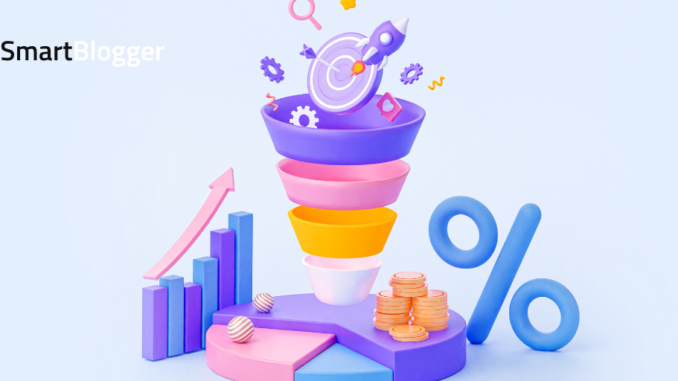
Ready to decode the secrets of digital marketing funnels?
Wondering what’s the big deal, why you need them, and how to build one that really works?
You’re in the right place! We’re about to take you on a ride through the intriguing world of digital marketing funnels.
We’ll explore real-life examples and drop practical tips along the way.
So buckle up, and let’s dive right in.

What is a Digital Marketing Funnel?
If you’ve been around the block in the marketing world, you’ve undoubtedly heard the term ‘marketing funnel.’
Now, the digital marketing funnel takes the traditional marketing funnel concept and gives it a modern, tech-savvy twist. But what exactly is it?
Imagine a funnel — wide at the top and narrowing down.
Your potential customers start at the broad end and travel down the funnel, shaped by various marketing efforts, till they turn into a sale at the narrow end.
Now, put this entire process in the digital realm — and voila! You’ve got a digital marketing funnel.
It’s all about guiding your prospects from brand awareness to loyal customers, using digital channels like social media, email marketing, and content marketing.
Why Do You Need a Digital Marketing Funnel?
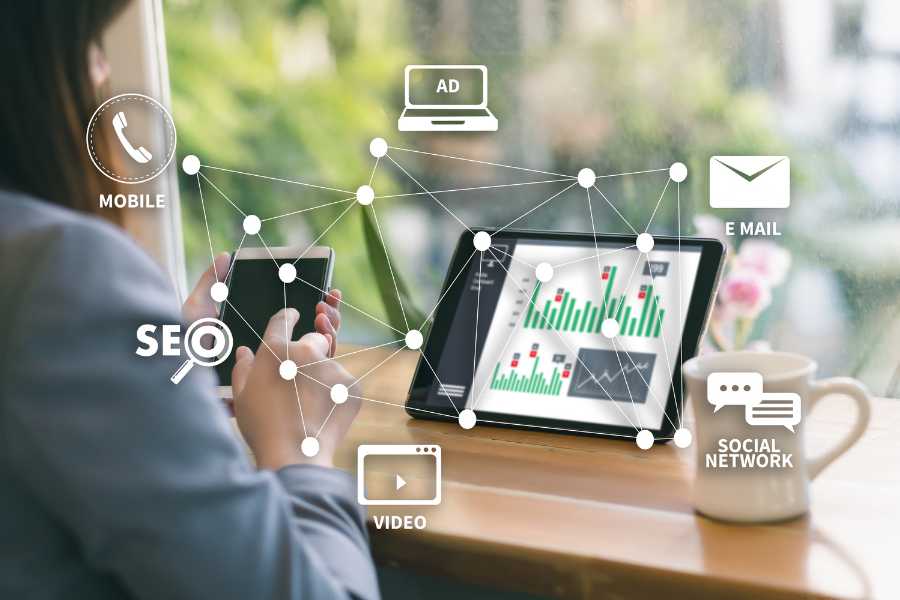
Let’s be real. In today’s digital age, your customers are online, and the buying process has drastically changed. People don’t just see an ad and buy a product.
It’s a journey — an adventure from awareness to consideration and finally to a sale.
That’s where digital marketing funnels come into play.
They provide a roadmap, a strategy to guide your marketing efforts and make the customer journey smooth. With a well-built digital marketing funnel, you can target the right audience, nurture leads, and create repeat customers.
For example, consider a sales funnel for a SaaS company offering project management tools…
Their digital marketing sales funnel could involve Google Ads to create awareness, free trials to generate interest, comparison charts for consideration, personalized pricing plans for intent, an easy sign-up process for the purchase, and excellent customer support to create loyal customers.
The 6 Key Stages of the Digital Marketing Funnel
Every customer’s journey, from a potential client to a brand advocate, is like a grand story, with different stages akin to chapters. Here, we’ll unfold these chapters one by one…
Stage 1: Awareness
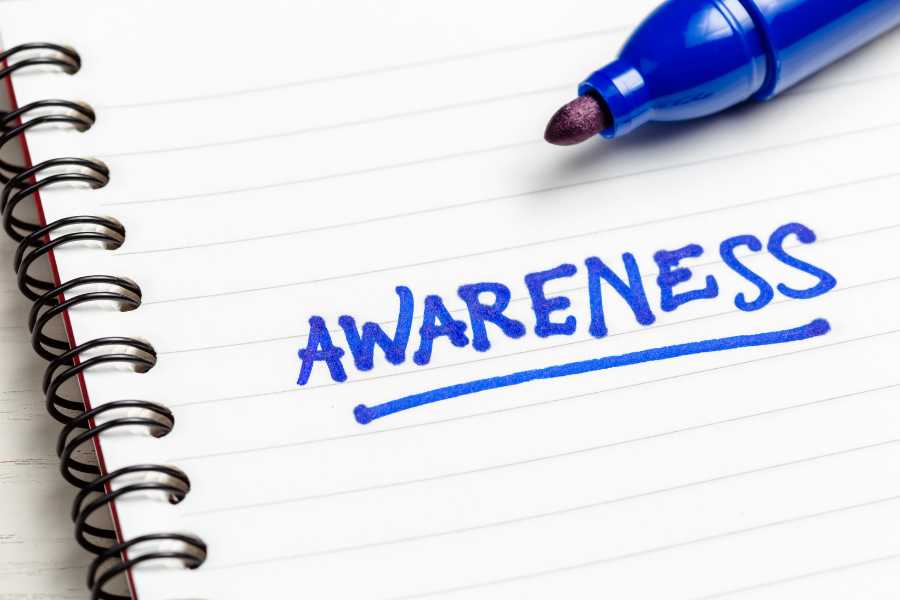
Imagine you’re at a party and you spot a friendly face across the room. That’s essentially the awareness stage — the initial encounter where your target audience stumbles upon your brand.
It might be through a blog post they found on Google, a social media post that popped up on their feed, or a well-placed Google ad that caught their eye.
Your main aim at this stage is to pique their interest and entice them to learn more.
Here, content marketing is the key.
Craft engaging, useful content that resonates with your potential customer. For instance, a health and fitness brand might create blog posts on workout tips, diet plans, or the benefits of regular exercise.
A tip to remember: Search Engine Optimization (SEO) is your best buddy at this stage.
Optimize your content with relevant keywords to ensure that it ranks high on search engines. This way, when your potential clients are searching for information related to your niche, they’ll bump into your content — and consequently, your brand.
Stage 2: Interest
In the interest stage, your potential customers are like window shoppers. They’ve noticed your brand and are peeping through the glass, intrigued.
They might sign up for your newsletter, follow you on social media, or frequently visit your website. This is your chance to reel them in, keep them engaged, and gradually nudge them down the funnel.
Email marketing is a powerful tool at this stage.
For instance, if a visitor signs up for your newsletter, send them a warm welcome email with a personal touch. You can also share informative articles, exclusive discounts, or the latest updates about your brand through your newsletters.
This keeps your brand fresh in their minds and entices them to explore further.
Social media is another important platform for nurturing interest. Post regularly and engage with your audience.
Whether it’s a behind-the-scenes glimpse, user-generated content, or an interactive poll, the aim is to connect with your audience on a personal level.
Remember, the interest stage is all about building a relationship with your potential customers. It’s not about hard selling, but soft nurturing.
Show them that you understand their needs, you’re here to provide value, and you’re worth their attention.
Stage 3: Consideration

Welcome to the big leagues, the consideration stage. This is where your prospects are actively thinking about buying your product or service.
They’re not just window shopping anymore; they’re comparing, researching, and scrutinizing their options. They might be checking out customer reviews, comparing your products with your competitors’, or delving into the fine print of your product specs.
During this stage, your prospects are thirsty for knowledge and desperate for clarity.
This is where the power of value-driven content shines.
Detailed blogs or articles that provide insight into your product’s unique features can be just the ticket.
Have a remarkable product feature that outshines your competitors? Highlight it.
Run a comparison blog that pits your product against your competitors but with a balanced view. Remember, your aim is to guide your customers, not force them.
Consider utilizing interactive content too. Interactive quizzes, calculators, or live webinars can create an engaging experience and provide personalized value to the prospect.
Let’s take an example: You’re a digital marketer selling online SEO courses. In the consideration stage, you could offer a free webinar covering a specific SEO topic.
This allows the prospect to experience the quality of your content and teaching style, nudging them closer to buying your full course.
Stage 4: Intent
If you’ve done your job right in the consideration stage, you’ll find your prospects moving to the intent stage.
It’s like they’re on the edge of a diving board, ready to take the plunge and make a purchase.
They might put products in their shopping cart, fill out a contact form, or download a product brochure — clear signals of buying intent.
Your job now is to give them that gentle push, that final nudge of confidence.
But how?
By capitalizing on marketing automation. Think of automated emails reminding prospects about items in their cart, or personalized recommendations based on browsing history.
Imagine a potential customer was browsing your SEO courses and left one in their cart. An automated email reminding them of the course, perhaps with a limited-time discount, could be just the incentive they need to make a purchase.
Another valuable tool is retargeting ads.
If a prospect visited your website but didn’t make a purchase, retargeting ads can remind them of what they left behind as they browse other websites or social media.
Remember, the aim here is not to annoy your prospect but to make the path to purchase as seamless as possible.
Providing a bit of extra motivation or addressing any final reservations can often convert that prospect into a customer.
So harness the power of personalization, and make your prospective customers feel like your product or service is just the right fit for them.
Stage 5: Purchase
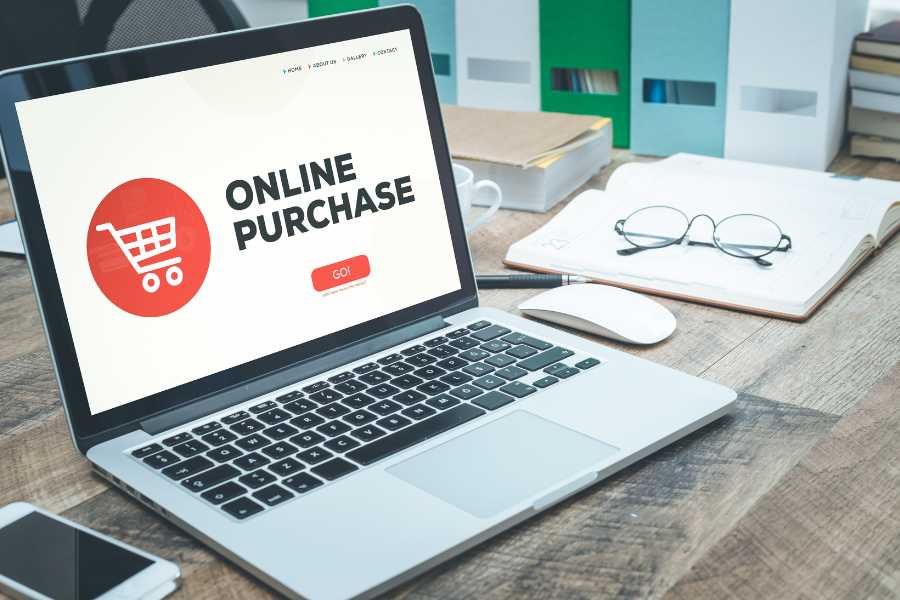
Here it is, the golden moment — the sale!
Your prospect has now transformed into a customer.
But don’t think your work here is done. This stage is a critical junction, and any hiccup can disrupt the smooth journey of your potential customer, possibly deterring them from future purchases.
So how do you ensure a smooth transition?
Firstly, provide a seamless, hassle-free checkout process.
Ensure your website loads quickly, the payment gateway is secure, and the customer doesn’t have to fill out lengthy forms. For instance, consider having a ‘Guest Checkout’ option for customers who prefer not to create an account.
Secondly, communicate promptly.
Send an immediate confirmation email with order details, expected delivery date, and tracking information. This not only confirms the purchase but also builds trust.
For example, Amazon excels in this area, providing real-time order updates, making customers feel secure about their purchase.
Finally, encourage post-purchase engagement.
Consider including a thank-you note in the order confirmation email, offering a discount on the next purchase, or inviting the customer to join a loyalty program.
Stage 6: Loyalty & Advocacy
You’ve made the sale, but the journey isn’t over. The truth is, acquiring a new customer can be five times more expensive than retaining an existing one. This stage is all about turning your one-time customers into loyal patrons and, eventually, brand advocates.
Start by focusing on customer satisfaction.
Ensure your product or service delivers what was promised. Handle any issues promptly and professionally. For instance, if a customer receives a damaged product, offer a free replacement and maybe even a discount on their next purchase as an apology.
Next, engage with your customers.
Regularly reach out to them with personalized emails, share valuable content, or ask for feedback. For example, a cosmetic brand might share skincare tips or exclusive previews of upcoming products with their customers.
Implement a rewarding loyalty program. Starbucks’ ‘Star Rewards’ is a fantastic example — customers earn stars with each purchase, which can be redeemed for drinks, food, or merchandise.
Lastly, encourage your customers to spread the word.
Offer incentives like referral discounts or bonus loyalty points for reviews and referrals. Dropbox’s ‘Refer a Friend’ campaign, where both the referrer and the referee earn additional storage space, is a classic example of this strategy.
Remember, a happy customer not only brings repeat business but also becomes a brand advocate, spreading the word about your business and attracting more prospects to the top of your funnel.
It’s a beautiful cycle of digital marketing, right? Now, with these insights in your toolkit, you’re all set to turn your customers into raving fans!
Concluding Thoughts on Digital Marketing Funnels
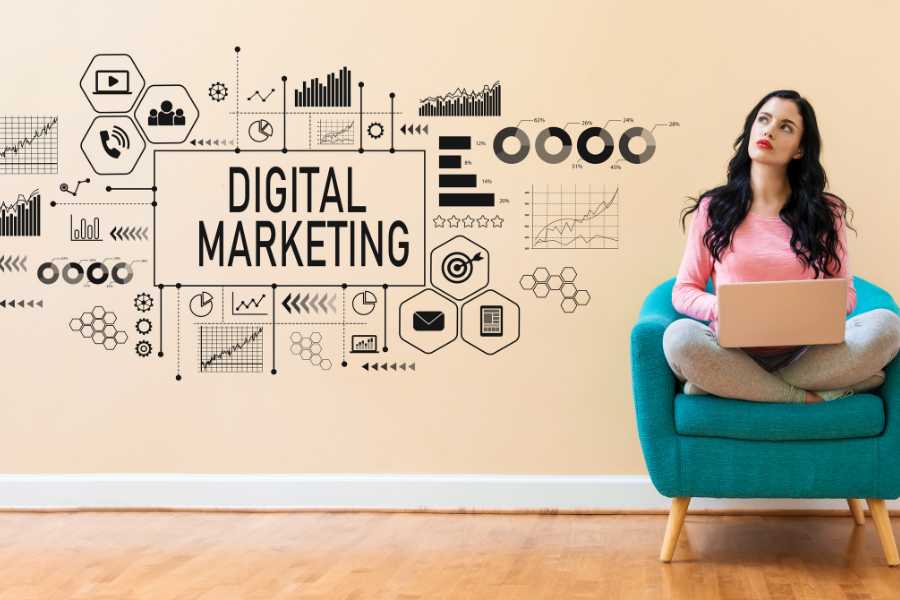
Feeling a bit overwhelmed?
Like you’ve been handed a puzzle with a few missing pieces?
We totally get it — digital marketing funnels can seem complex.
But remember, Rome wasn’t built in a day.
Take it one step at a time, and before you know it, you’ll be orchestrating a symphony of conversions.
With the actionable tips and strategies from this guide, you’re well on your way to becoming a master of digital marketing funnels.
So, here’s to your success — may your funnel overflow with leads and conversions!
Let’s conquer this digital world, shall we?
The post Digital Marketing Funnel: The What, Why, & How (+ Key Tips) appeared first on Smart Blogger.

Leave a Reply